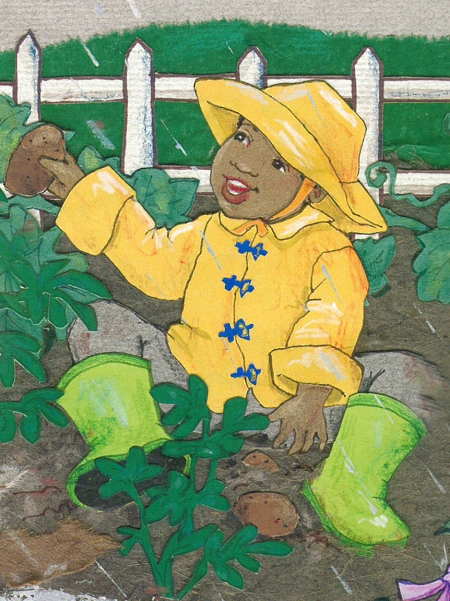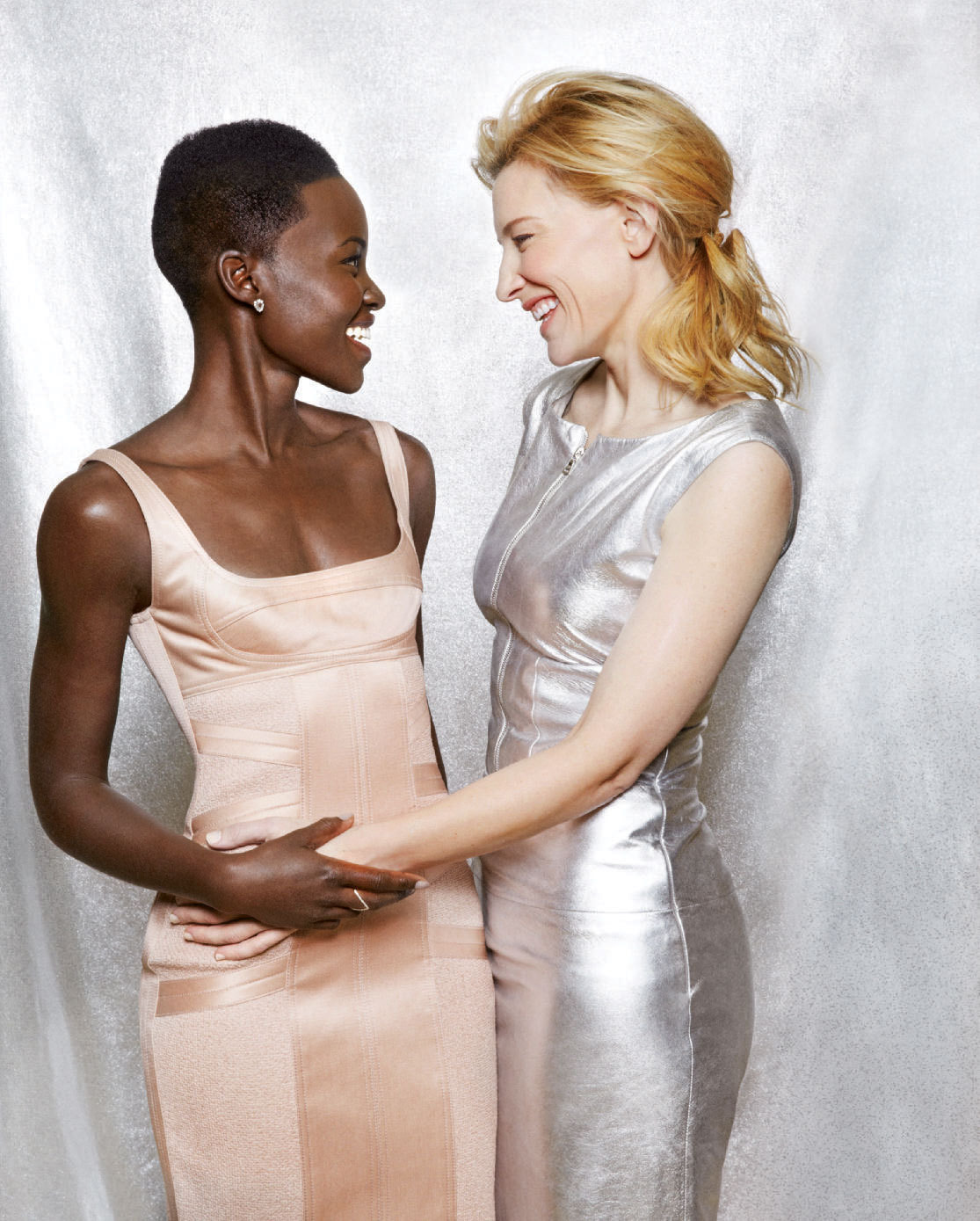 Jill Eisenberg, our Resident Literacy Expert, began her career teaching English as a Foreign Language to second through sixth graders in Yilan, Taiwan as a Fulbright Fellow. She went on to become a literacy teacher for third grade in San Jose, CA as a Teach for America corps member. She is certified in Project Glad instruction to promote English language acquisition and academic achievement. In her column she offers teaching and literacy tips for educators.
Jill Eisenberg, our Resident Literacy Expert, began her career teaching English as a Foreign Language to second through sixth graders in Yilan, Taiwan as a Fulbright Fellow. She went on to become a literacy teacher for third grade in San Jose, CA as a Teach for America corps member. She is certified in Project Glad instruction to promote English language acquisition and academic achievement. In her column she offers teaching and literacy tips for educators.
Dissecting excerpts, highlighting evidence, defending one’s answer choice, bubbling in exit slips. As necessary as all that preparation for upcoming state assessments may be, March and April for teachers and students can be arduous. In some cases, students are learning how to take a test for the first time. For many, the third quarter risks turning enthusiastic momentum for reading, developing interests, and taking academic risks into a trudge of review and re-teaching.
 With all this reading in overdrive, it is understandable that few students (and teachers) want to keep reading at home for pleasure. Yet we need to sustain student excitement for reading and prevent testing anxiety. Now more than ever, students need the bigger picture of how literacy helps us as citizens, the experiences of deriving joy from print, and practice using books for stress management.
With all this reading in overdrive, it is understandable that few students (and teachers) want to keep reading at home for pleasure. Yet we need to sustain student excitement for reading and prevent testing anxiety. Now more than ever, students need the bigger picture of how literacy helps us as citizens, the experiences of deriving joy from print, and practice using books for stress management.

If you have observed your students retreating from the idea that books are an escape and hobby to an unpleasant, stressful task, here are some techniques to increase the joy factor in reading and keep kids hooked:




 Despite my righteous ambitions, once in the classroom, I was hesitant to broach the conversation about gender with a mixed class of boys and girls. So many of my own college classes that focused on social justice and equality issues were almost entirely women.
Despite my righteous ambitions, once in the classroom, I was hesitant to broach the conversation about gender with a mixed class of boys and girls. So many of my own college classes that focused on social justice and equality issues were almost entirely women.

